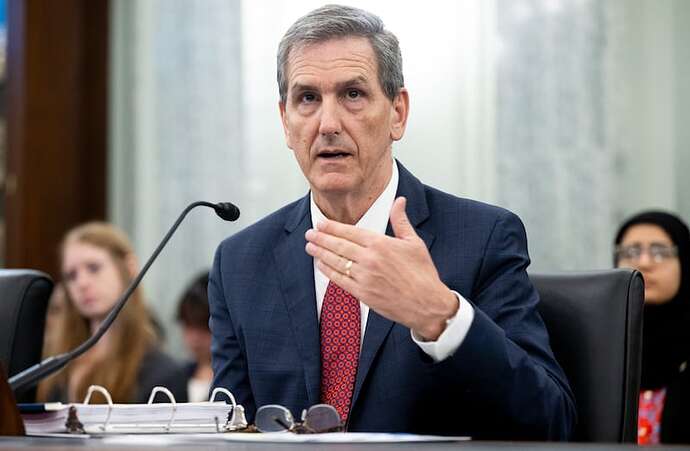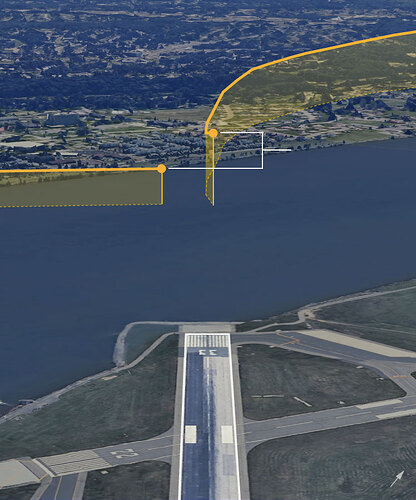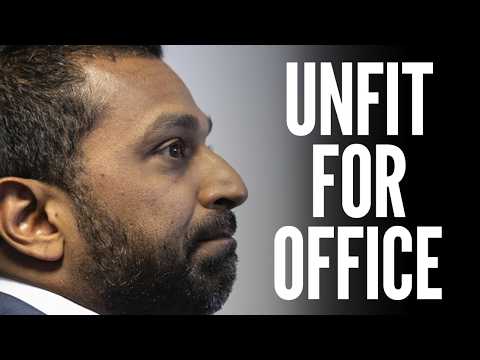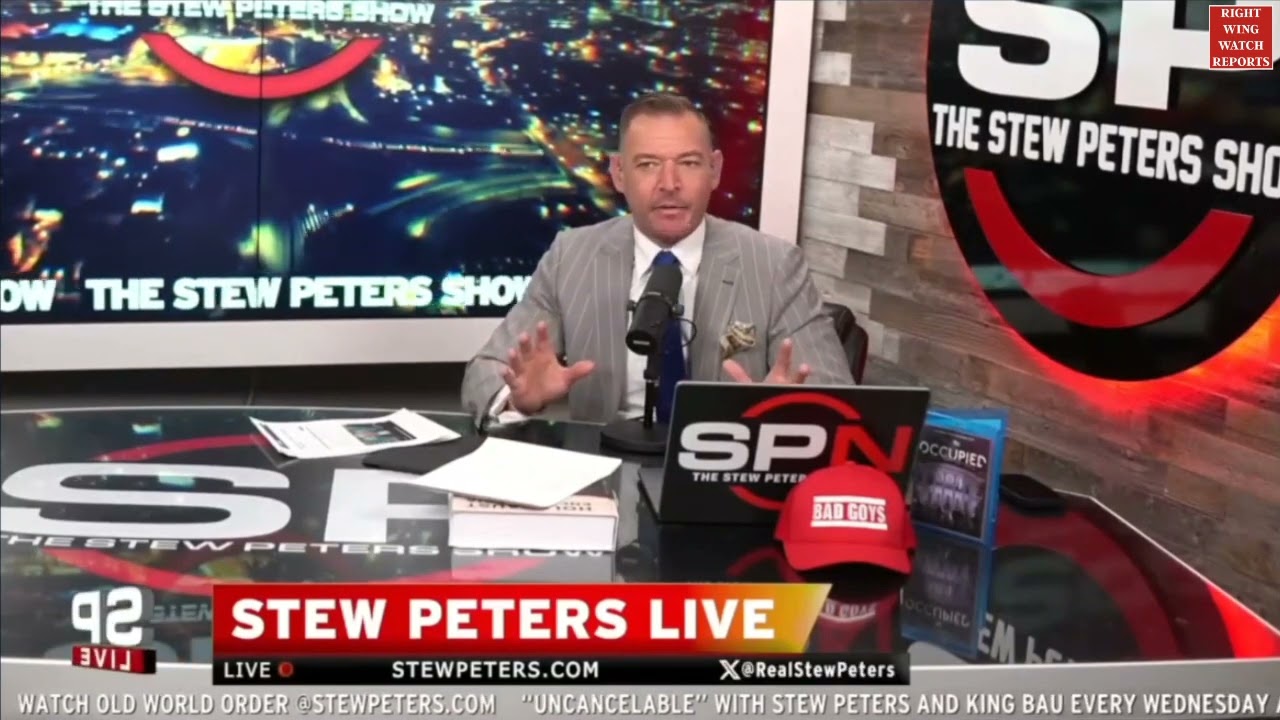.
It has also emerged that the Army helicopter, which was carrying three soldiers, involved in the collision might have also deviated from its approved flight path.
The outlet again spoke with insiders that said the Sikorsky H-60 Black Hawk helicopter was not on its approved route and flying higher than it should have been.
Approval had been given for the helicopter to fly no higher than 200 feet along the east side of the Potomac River, where it would have avoided the passenger jet.
The pilot of the helicopter confirmed sight of the American Airlines flight and was told to stick to their predetermined route and go behind the plane.
Sources said the pilot did not stick to the path however and was a half-mile off course as well as being at an altitude above 300 feet.
A senior Army official told The Times that the pilot of the Black Hawk had flown the route before and was well aware of the tight altitude restrictions and routes.
As the jet approached the runway, those onboard had asked air traffic control to change their runway, according to an FAA report.
The plane, a Bombardier CRJ700, had been cleared to touch down on Runway 1, the main airport thoroughfare, but the controller then asked the pilot to land on Runway 33.
A source told The Times that such a move is routine especially with regional jets, and that the decision might have been made to prevent clogging on the main runway.
Five current and former controllers also told the outlet that the lone controller in the tower should have been more proactive in directing the two away from each other.
.
The identities of those who died in the collision have started to trickle out, with DailyMail.com revealing the identities of the pilot and first officer.
Among the crash victims were people from Russia, China, Germany and the Philippines, including young figure skaters.
Captain Jonathan Campos, 34, and First Officer Samuel Lilley had been in charge of the flight from Wichita, Kansas, to the capital.
.
DailyMail.com has also spoken with an air traffic control veteran who said the audio from the incident with instructions to the helicopter were ‘very ambiguous’.
In the nearly minute-and-a-half recording, ATC operators can be heard asking the helicopter if the commercial flight is in sight.
Through muffled audio, more commands and confirmations are made between ATC operators.
One air traffic controller said to the helicopter pilot: ‘PAT 2-5, do you have the CRJ in sight?’
Seconds later, the controller spoke again, requesting: ‘Pat 2-5 pass behind the CRJ.’
The veteran air traffic controller, who has worked in six different airports throughout the country, said that if those commands were the Black Hawk’s first reference to the plane, the instructions were unclear.
‘It would have been very ambiguous as far as, “Okay, what plane? Well, where am I looking?”’ he said.
'Whenever you give directions to people, we use the 12 points on a clock. Let’s say 12 o’clock is north. If I say, “Look to your nine o’clock” that would mean look to your left or to the west.
‘So, if I had a helicopter that was coming into my airspace and I wanted him to see an airplane, I would say, “PAT 2-5 traffic, nine o’clock, three miles regional jet inbound to the airport.”’
He noted that air traffic controllers have a massive responsibility to give accurate and detailed information to pilots.






